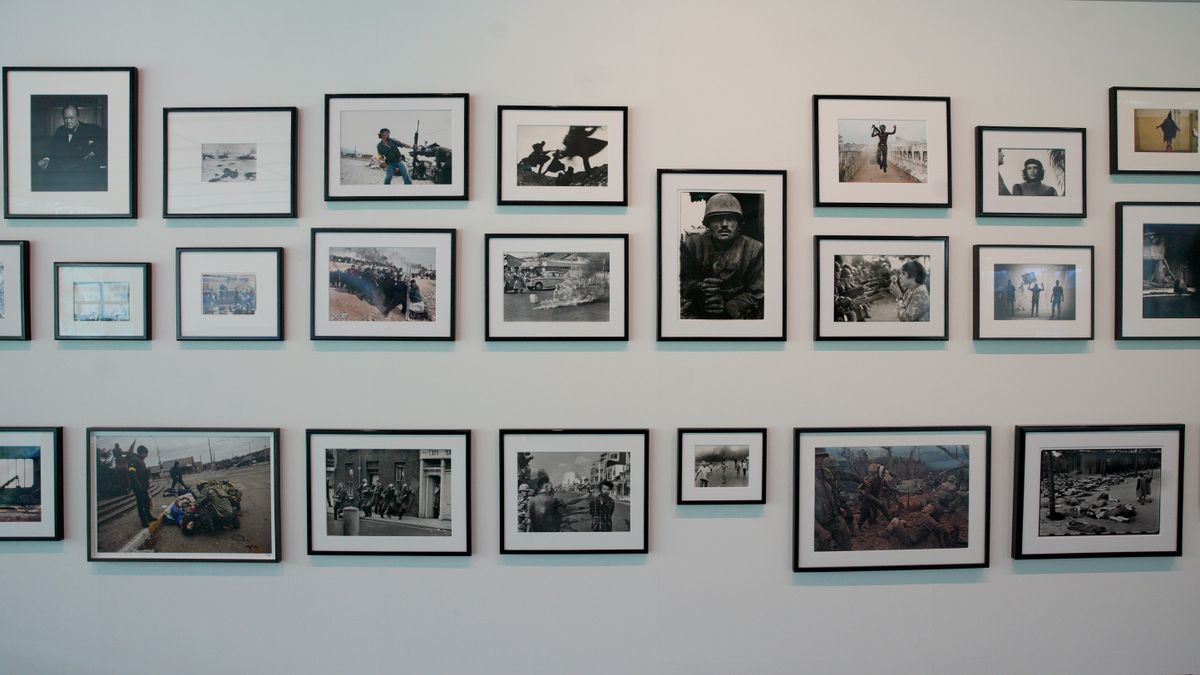
The Unseen Truths: Documentary Photography UK
Photography has always held a certain power to stir emotions and provoke thought, especially when it comes to documentary photography. I remember the first time a documentary photograph made me pause and consider the world beyond the frame; it was not just an image, but a story, an emotion captured in time. This is particularly resonant with the ongoing debate around truthfulness in photography. Recently, a UK exhibition titled The Camera Never Lies… or does it? has thrown fresh light upon this captivating dialogue. This exhibition holds a mirror to what Documentary Photography UK is all about – questioning realities, shaping narratives, and, sometimes, blurring the lines between fact and interpretation.
Importance of Documentary Photography
At its core, documentary photography is a means of capturing moments from real life. With the exhibition’s theme ‘What is Truth’, it prompts us to reflect on how photographers wield their cameras not just to show the world but to shape it. The exhibition highlights the significant role that documentary photography plays in shaping narratives around global events. The idea that a photograph can construct reality as much as capture it is central to understanding this art form.
In today’s digitally manipulated world, the notion of photography as an absolute truth is increasingly contested. The exhibition challenges audiences to consider how photographs can be orchestrated to create certain perspectives, thus crafting a narrative that may not be purely objective. With historical and contemporary examples, the exhibition encourages viewers to delve deep into the ethics and impact of how realities are portrayed and perceived.
The Art and Technique Behind the Lens
Documentary Photography UK is not just about snapping pictures; it’s a blend of art, skill, and intention. Photographers must consider lighting, composition, and timing to convey emotions and stories effectively. The exhibition provides an insight into these creative decisions, illuminating the artistic choices that go into capturing powerful images.
An interesting aspect revealed is how photographers approach their subjects and the environments they shoot in. Choosing whether to be unobtrusive and capture candid moments or interact with subjects can greatly influence the image’s impact and reception. This choice can add layers of authenticity or alternatively bring forth questions about staging and influence. The exhibition enables viewers to appreciate this delicate balance between observer and participant in the photographic process.
Storytelling in Documentary Photography
Another layer explored in this UK exhibition is storytelling through images. Each photograph is a narrative waiting to be unraveled, speaking of times and places far removed from the viewer’s immediate surroundings. The narratives captured in documentary photography are powerful tools for education, awareness, and advocacy, igniting change by exposing unseen sociocultural realities.
Photographers have the unique ability to craft visual stories that speak on behalf of those who might not be heard. This storytelling form has immense power, reaching across geographic and linguistic barriers to evoke empathy and understanding. The photos in this exhibition emphasize the complexity and depth of human experiences, inviting viewers into a visual dialogue about the world we inhabit.
Reflecting on the Impact in Documentary Photography UK
In concluding this exploration, it’s crucial to acknowledge the responsibility that comes with documentary photography. As illustrated by the exhibition, the power to document society’s truths and transformations comes with an ethical obligation to portray subjects authentically. The discussions around the nature of truth in photography highlight an ongoing evolution in both technique and perception within the genre.
Documentary Photography UK represents a vibrant, challenging conversation about the authenticity and impact of photographic storytelling. The exhibition urges both creators and consumers of photography to engage critically with images, considering the complexities of the narratives they present and the realities they might obscure. As we continue to explore these dimensions, we are reminded of the profound ability of photography not just to depict reality, but to question it.
By reflecting on these themes, we gain a deeper appreciation for the art and significance of documentary photography. It challenges us to see beyond the surface, inviting us to investigate the subtle interplay of truth and perception captured through the lens.
